| Jhalana | Amagarh Safari Tariff | |
|---|---|
| Price (Indian) | INR. 1500 per passenger / 9000 Full Gypsy |
| Price (Foreigner) | INR.2500 per passenger / 15000 Full Gypsy |
| Safari Zone | All Zones |
| Safari Timing | Morning 05:30 AM – 08:00AM | Evening 04:30 PM – 07:00 PM (Safari Timing Varies as Season Changes) |
| The Price Includes | Jeep & Driver, Permit Charges, Guide Charges, Online Payment Gateway Charges & Our Service Charges and Taxes. |
| Note | Jeep Safari are non refundable. Safari Booking will be CLOSED after 10:00 PM for Next Day Booking. |
| Maximum 6 Adults and 1 child (5 years Blow) are allowed in 1 Jeep | |
| You have to pay full fees for safari booking in advance. | |
| ID proof is a must for each and every visitor. | |
| Note : If Some Seats In Jeep Safari Remained Un Booked Then All The Other Members Have To Pay For Empty Seats | |
| The visitors are required to report at the boarding place 15 min prior to the scheduled | |
| MONTHS | JHALANA SAFARI TIMINGS: | ||
|---|---|---|---|
| From 1st Aug to 31st Oct | 06:45 am – 09:15 am | 03:45 pm – 06:15 pm | ||
| From 1st Nov to 31st Jan | 07:00 am – 09:30 am | 03:15 pm to 05:45 pm | ||
| From 1st Feb to 31st march | 06:15 am – 08:45 am | 03:45 pm to 06:15 pm | ||
| From 1st April to 31st May | 05:45 am – 08:15 am | 04:15 pm to 06:45 pm | ||
| From 1st May to 31st July | 05:45 am – 08:15 am | 04:45 pm to 07:15 pm | ||
| Price (Indian) | INR. 1500 per passenger / 9000 Full Gypsy |
| Price (Foreigner) | INR.2500 per passenger / 15000 Full Gypsy |
| Safari Zone | Jhalana | Amagarh |
| The Price Includes | Jeep & Driver, Permit Charges, Guide Charges, Online Payment Gateway Charges & Our Service Charges and Taxes. |

Spread in an area of 23sq km Jhalana Leopard Safari Park is home to 30-35 leopards out of which 6-7 leopards have their territory in tourism area of park. Situated right in the heart of Jaipur city closer to Airport, Jhalana slowly is becoming a favorite destination to spot leopards in wild. This otherwise shy cat is the apex predator here and does not have much competition for survival which makes them confident and therefore better sightings .
Once a reserve forest around Jaipur, Jhalana has always been home to leopards and other smaller fauna including spotted deer, blue bulls, wild boars and loads of resident as well as migratory birds. Safari at Jhalana has been operational since December 2016 and as of now two safari routes are open for visitors..
India’s great geographical diversity makes it a virtual heaven for wildlife and adventure.You can see a large variety of flora and fauna across its plains, deserts, mountains, rivers, valleys, tropical rainforests, coastal mangroves, Himalayan foothills and the snow-clad regions of the Upper North.
Moreover Jaipur is not left behind for its wildlife. Jhalana area in Jaipur is famous for its leopards.
Jhalana Leopard Safari has grown into a recognized non-profit wildlife park dedicated to conservation, education, and animals in wide open spaces. Jhalana Leopard Safari features over 500 animals representing their wild counterparts, making us a true intersection of human and nature nestled into the picturesque hills of Aravalli. It has leopards, jackals, nilgai, hyena,jungle cat, peacock, etc. With over 400 acres of space for some of the rarest, most endangered and simply coolest species on earth to roam, Jhalana Leopard Safari is truly an experience beyond a zoo.
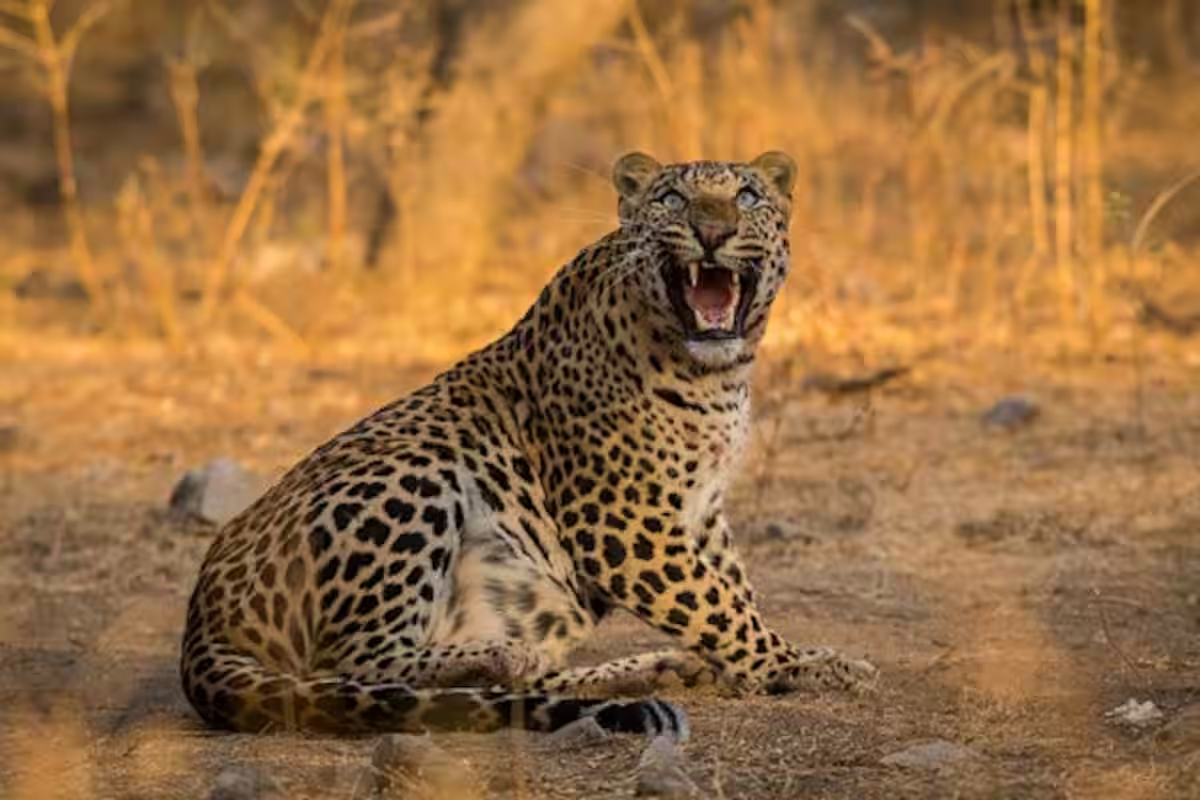
Jhalana Leopard Safari Park is located in Jaipur, Rajasthan, and it is easily accessible by various modes of transportation. Here are the common ways to reach Jhalana Leopard Safari Park:
By Air: Jaipur International Airport (JAI) is the nearest airport to Jhalana Leopard Safari Park. Once you arrive at the airport, you can hire a taxi or use other local transportation options to reach the safari park. The park is typically not very far from the airport.
By Train: Jaipur Junction is the main railway station in Jaipur. From Jaipur Junction, you can hire a taxi, auto-rickshaw, or use other local transportation to reach Jhalana Leopard Safari Park.
By Road: Jaipur is well-connected by road, and there are regular bus services from major cities in Rajasthan and neighboring states. Private taxis and auto-rickshaws are readily available in Jaipur. You can hire one to take you directly to Jhalana Leopard Safari Park.
Self-Drive or Rental Car: If you prefer flexibility in your travel schedule, you can rent a car and drive to Jhalana Leopard Safari Park. Jaipur has well-maintained roads, and the park is easily accessible by car.
Local Transportation in Jaipur: Once you are in Jaipur, you can use local transportation options such as auto-rickshaws and taxis to reach Jhalana Leopard Safari Park. It’s a good idea to negotiate the fare or use metered taxis.
Guided Tours: Some travel agencies and tour operators offer guided tours to Jhalana Leopard Safari Park. These tours may include transportation, safari arrangements, and a guide.
Jhalana Leopard Safari Park offers more than just its famed leopards, showcasing a rich variety of flora and fauna. The rugged landscape and arid environment create a unique ecosystem that supports a range of wildlife.
Scrub Vegetation: The park’s terrain consists mainly of rocky surfaces and scrub vegetation. Thorny bushes, resilient shrubs, and hardy plants adapted to Rajasthan’s dry conditions dominate the landscape.
Trees and Grasses: While scrub vegetation is prevalent, certain areas also feature scattered trees and patches of grass. These provide essential cover and food for herbivores, playing a crucial role in the park’s biodiversity.
Leopards: Known for its thriving leopard population, Jhalana offers a rare opportunity to see these elusive predators. The park’s rocky surroundings provide an ideal habitat for leopards to flourish.
Blue Bulls (Nilgai): The park is also home to the nilgai, or blue bull, Asia’s largest antelope. These herbivores are frequently spotted grazing across the park’s open spaces.
Spotted Deer (Chital): Another common herbivore in Jhalana is the spotted deer, or chital, which serves as a key prey species for the leopards.
Birdlife: Jhalana is a haven for birdwatchers, offering the chance to see a variety of bird species, from raptors to waterfowl, and both resident and migratory birds.
Reptiles: Jhalana’s wildlife extends to reptiles as well, with species like monitor lizards, snakes, and other lizards making the park their home.
The ideal time to visit Jhalana Leopard Safari Park in Jaipur, Rajasthan, is influenced by both weather conditions and wildlife activity. To increase the likelihood of spotting leopards and other animals, it’s important to take into account the season, animal behavior, and park accessibility. Here are the key points to consider when planning your visit:
Winter Months (October to March): The most popular and favorable time to visit the park is during the winter season. The weather is cooler and more comfortable, which makes safaris enjoyable. With less dense vegetation, visibility improves significantly, and leopards tend to be more active in cooler temperatures. The period from November to February is especially ideal for wildlife sightings.
Early Morning and Late Afternoon: No matter the season, the best time for a safari is either early morning or late afternoon. During these cooler hours, animals, including leopards, are more likely to be active and easier to spot. These times also offer the best lighting for wildlife photography.
Avoid Extreme Summer Months (April to June): Rajasthan’s summers are scorching, with temperatures that can reach extreme highs. During these months, wildlife activity slows down, particularly during the hottest parts of the day, and the dense vegetation can make it harder to see the animals. It’s best to avoid visiting during the peak summer months.
Post-Monsoon (July to September): The monsoon brings lush greenery to the park, but it can also lead to closures or restricted access due to safety concerns. Heavy rainfall may result in muddy trails, making safaris difficult or even dangerous, so it’s best to plan your visit after the monsoon season has passed.
Indulge in the rich history and elegance of Jaipur with a stay at Leopard Camps, a stunning heritage property that offers a glimpse into the past. Immerse yourself in the opulent surroundings of this luxurious campsite, complete with world-class amenities, exceptional service, and breathtaking views of the surrounding hills.
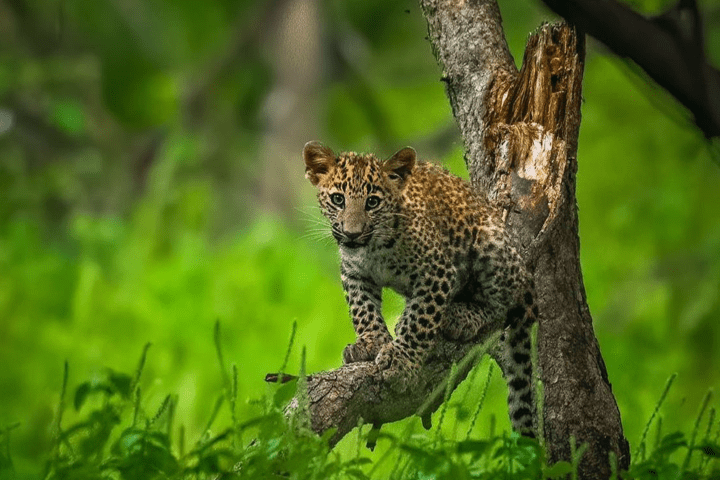
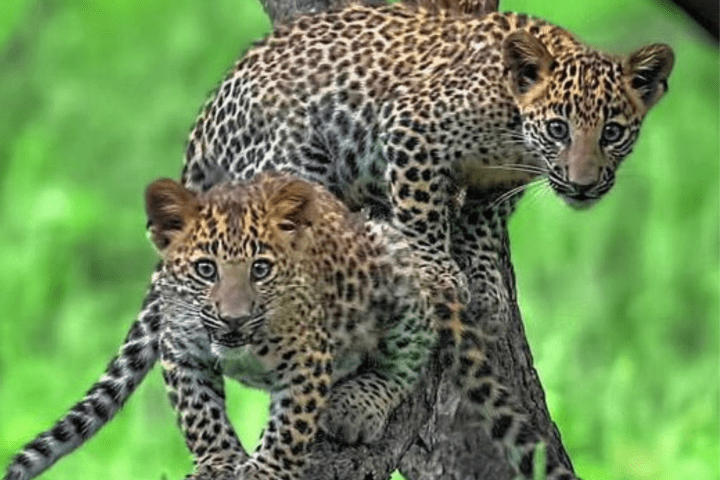

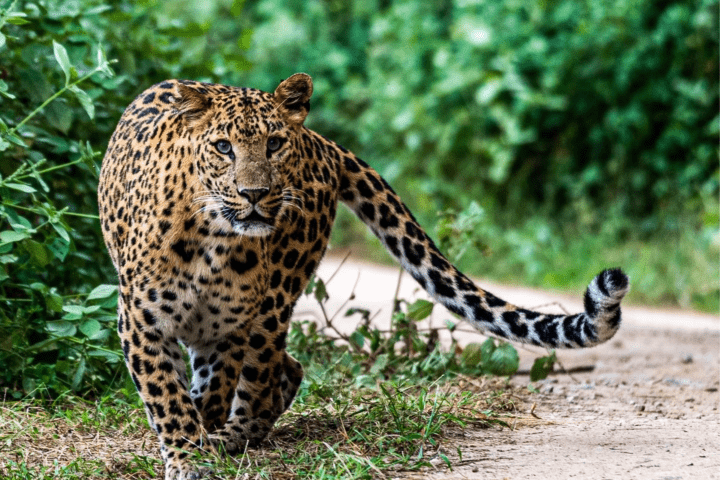
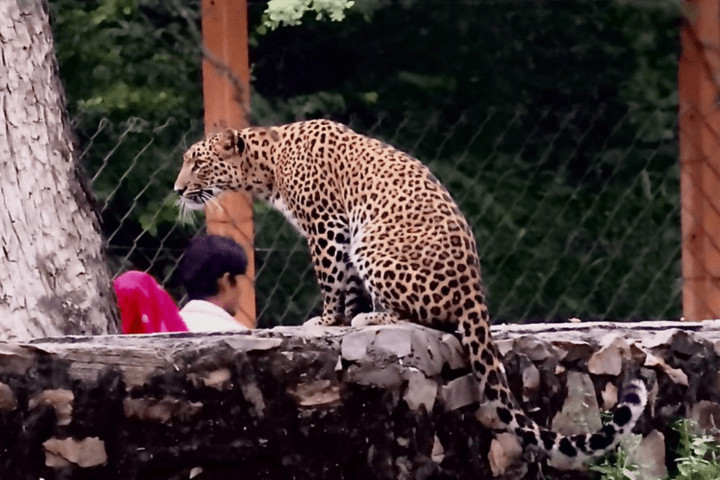
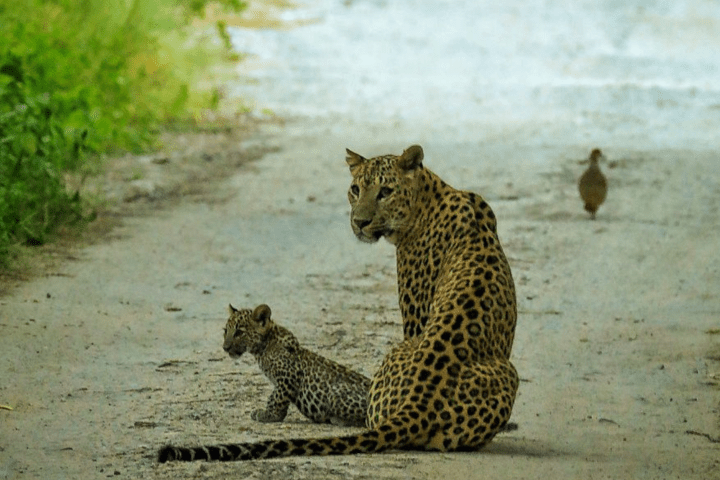
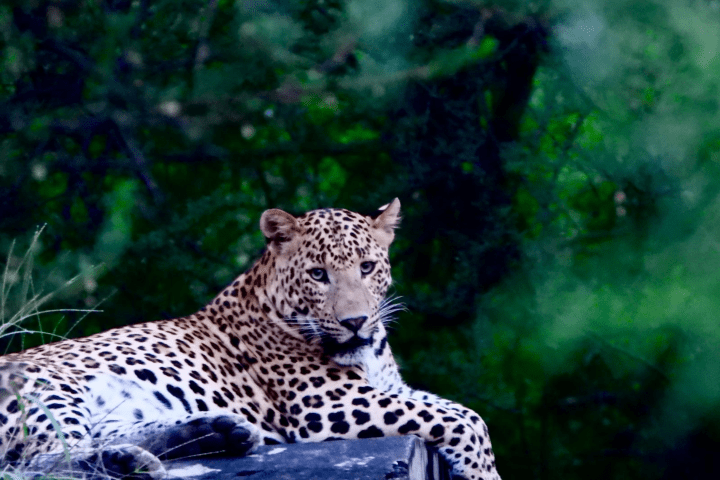
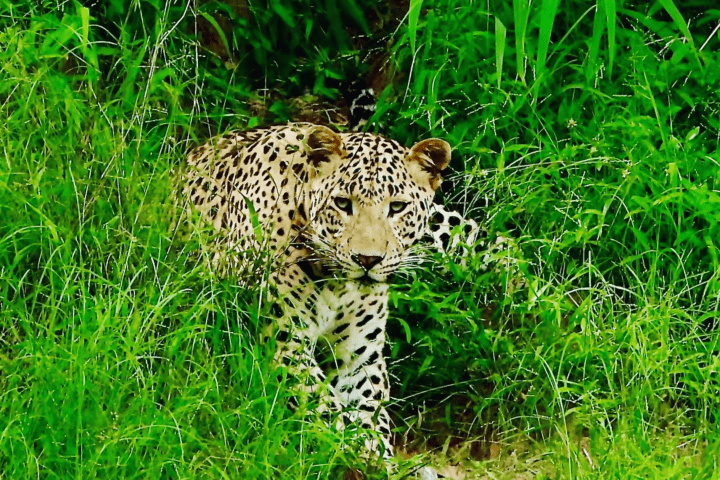
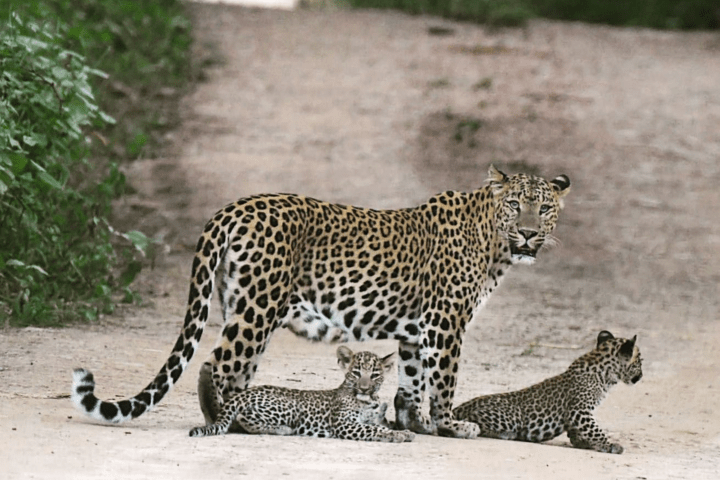
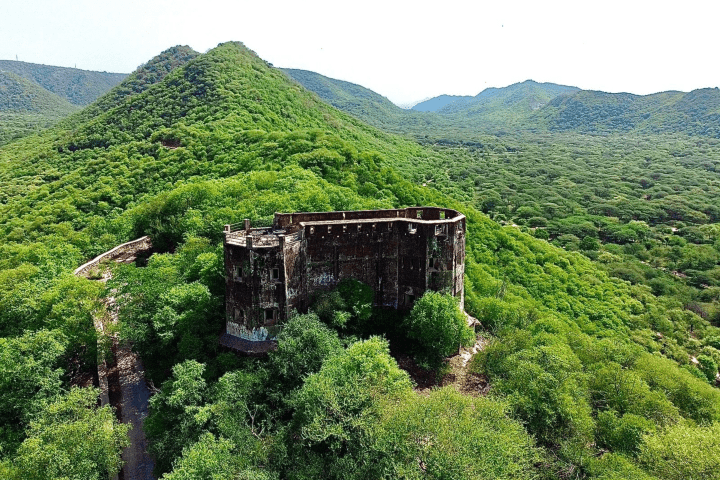
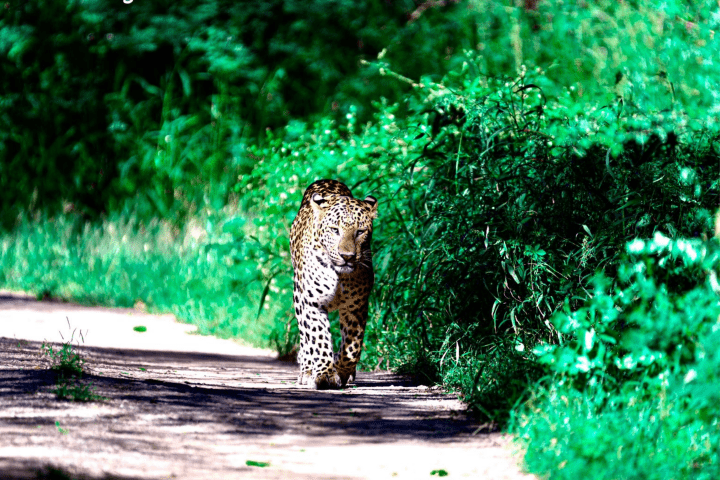
The best time to visit is during the winter months, from October to March. The weather is cool and pleasant, and wildlife, especially leopards, is more active, improving the chances of sightings.
The early morning and late afternoon are the ideal times for safaris. During these cooler hours, animals are more active, and the lighting is perfect for photography.
Yes, it’s advisable to avoid visiting from April to June, as the temperatures in Rajasthan can be extremely high, making it uncomfortable for visitors. Wildlife tends to be less active during the heat of the day.
The monsoon season, from July to September, brings a burst of greenery but may also result in park closures or restricted access due to heavy rain and muddy trails. It’s better to visit after the monsoons for a safer safari experience.
The months between November and February are particularly good for leopard sightings as the cooler weather makes them more active during the day.
Yes, once the monsoon season ends and the park reopens, post-monsoon visits from October onwards are safe and enjoyable, with refreshed greenery and good opportunities for wildlife sightings.
Yes, it’s recommended to book your safari in advance, especially during the peak season (October to March), as slots can fill up quickly due to the popularity of the park.
Wear comfortable clothing suitable for the weather. During winter, layered clothing is ideal as mornings and evenings can be chilly. In summer, wear light, breathable fabrics. Neutral colors like khaki or green are recommended to blend with the surroundings.
Safaris are typically available year-round except during heavy monsoon periods (July to September) when the park may close or restrict access due to weather conditions.
Each safari usually lasts around 2 to 3 hours, depending on the time of day and the route taken by the guide. Safaris are typically scheduled for early mornings and late afternoons to align with wildlife activity.

Jhalana Leopard Safari has grown into a recognized non-profit wildlife park dedicated to conservation, education, and animals in wide open spaces.
Copyright © 2024 – All Rights Reserved. Designed & Developed by Xperts!
WhatsApp us